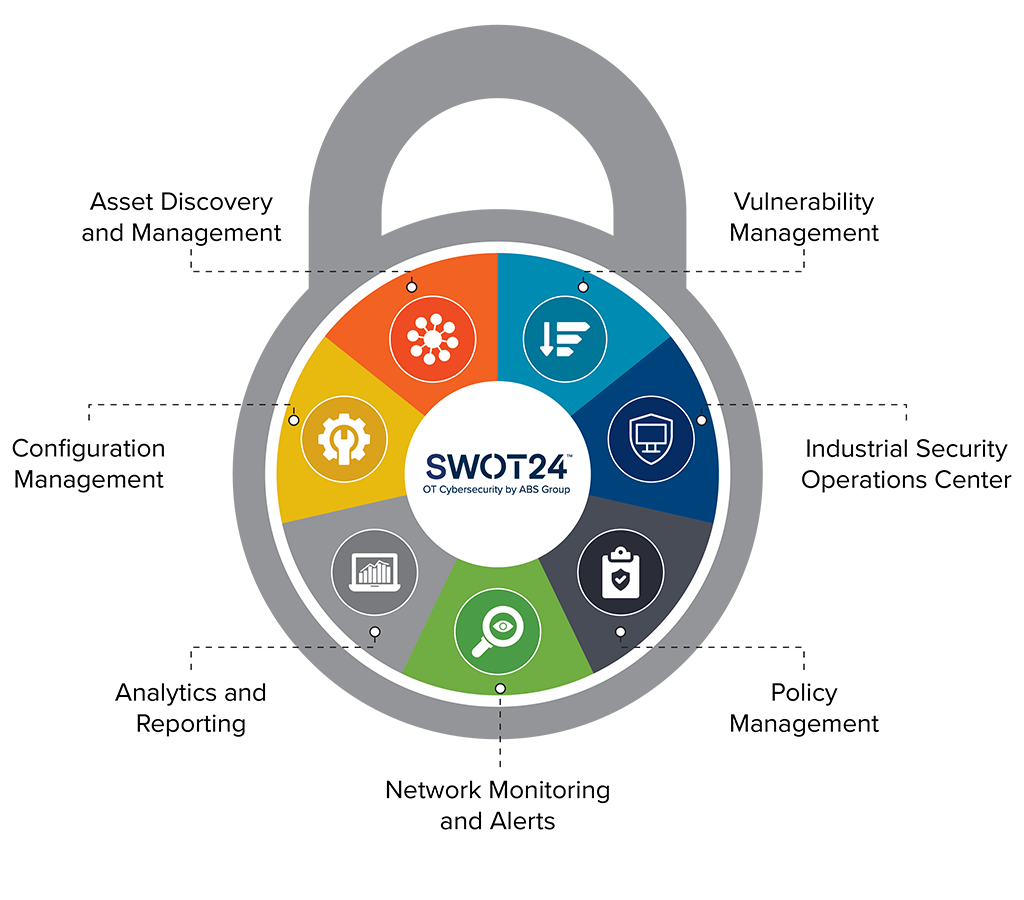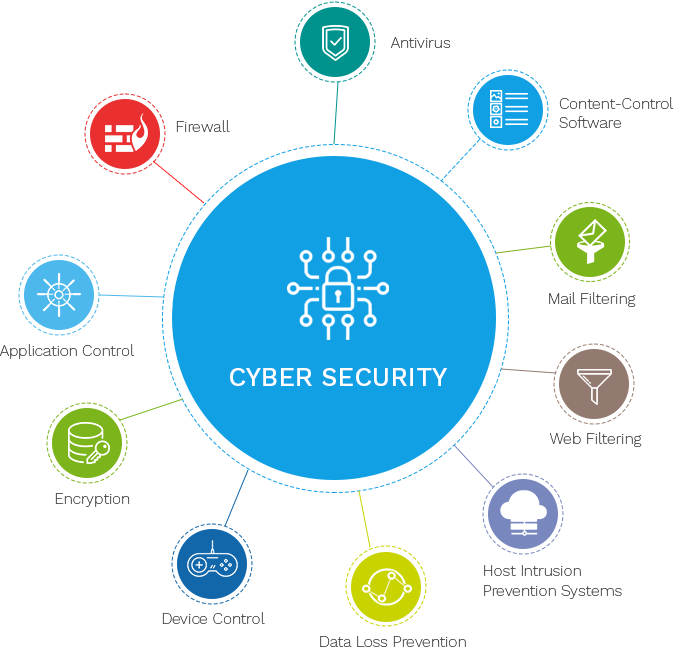Checking Out How Cyber Safety Works to Safeguard Your Online Existence
In today's digital landscape, shielding one's online visibility has come to be increasingly vital, with cyber hazards developing at a disconcerting pace. Cyber protection uses a complex technique, incorporating advanced innovations like firewall programs, security, and multi-factor authentication to secure delicate details. However, the intricacy of these systems questions regarding their performance and implementation. Exactly how do these technologies interact to create a smooth guard against cyber dangers? And what function does behavioral analytics play in this complex web of protection steps? These are important questions that warrant further exploration in our quest for digital safety and security.
Comprehending Cyber Dangers
In the digital landscape, cyber dangers represent a formidable difficulty, calling for a nuanced understanding of their nature and prospective influence. These risks encompass a large range of malicious activities coordinated by individuals, groups, or even nation-states, targeting delicate data, disrupting operations, or causing reputational damage. Recognizing cyber dangers begins with determining the various types they take, consisting of malware, phishing, ransomware, and distributed denial-of-service (DDoS) assaults.
Malware, or harmful software program, consists of viruses, worms, and trojans that infiltrate systems to trigger or take data damage. Ransomware secures targets' data, requiring a ransom money for its release, presenting considerable functional and economic risks.
Recognizing the motivations behind these dangers is necessary. By adequately recognizing the diverse nature of cyber dangers, companies can better expect prospective susceptabilities and purposefully allot sources to bolster their defenses against these ever-evolving hazards.
Trick Cyber Safety Technologies
As companies make every effort to protect their digital assets, crucial cybersecurity technologies play a critical function in fortifying defenses versus cyber risks. IDS monitor network traffic for suspicious activities, while IPS actively obstruct prospective risks, making certain real-time security.
In addition, antivirus and anti-malware solutions remain basic in determining and reducing malicious software. They employ heuristic and signature-based techniques to find unidentified and well-known risks. Endpoint discovery and feedback (EDR) systems additionally enhance security by providing thorough exposure right into endpoint tasks, enabling speedy case action.
Identification and accessibility administration (IAM) technologies guarantee that just licensed individuals access to essential resources, thus minimizing the danger of unauthorized data gain access to. Multifactor authentication (MFA) includes an extra layer of safety and security, needing users to supply several verification factors.
In addition, security info and event administration (SIEM) systems accumulation and assess security data, supplying insights into potential vulnerabilities and facilitating proactive risk administration. These innovations jointly develop a durable framework, equipping companies to maintain a resilient cybersecurity posture.
Duty of Firewalls and Encryption
By managing incoming and outward bound network traffic, they stop unauthorized access to systems and information. Firewall softwares use predefined safety and security policies to block or permit information packets, effectively protecting sensitive details from cyber hazards.
File encryption, on the various other hand, transforms legible data into an encoded layout that Extra resources can just be analyzed with a details cryptographic trick. This procedure guarantees that data stays confidential and protected throughout transmission or storage. Also if obstructed, encrypted info is provided useless to unauthorized users without accessibility to the decryption secret. File encryption is crucial for safeguarding delicate details such as monetary information, personal identification information, and exclusive business info.
Together, firewall programs and security give a detailed defense device. While firewall softwares take care of gain access to and guard networks from unapproved entry, file encryption safeguards information honesty and confidentiality. Their combined application is crucial in mitigating dangers and making sure the security of digital assets in a significantly interconnected world.

Relevance of Multi-Factor Verification
While firewall softwares and security develop the foundation of cybersecurity, enhancing defenses additionally requires the application of multi-factor verification (MFA) MFA includes an added layer of safety and security by calling for individuals to validate their identification via 2 or more various factors prior to getting to sensitive information or systems. These elements commonly consist of something the user understands (a password), something the customer has (a security token or smart device), and something the customer is (biometric verification such as a fingerprint or face recognition)
The value of MFA in securing on the internet presence is vital in today's electronic landscape. With cyber hazards ending up being increasingly innovative, counting entirely on standard password-based verification leaves systems vulnerable to violations. MFA substantially minimizes the danger of unauthorized gain access to by making it significantly more difficult for cybercriminals to compromise an account. Even if a password is taken, the additional verification actions work as a powerful obstacle.

Behavioral Analytics in Cyber Protection
Behavior analytics represents a crucial improvement in cybersecurity, supplying a sophisticated technique to threat detection and avoidance. By examining patterns in customer habits, this approach identifies abnormalities that might indicate potential cyber risks.
This innovation is especially effective in discovering insider dangers and zero-day attacks, which are frequently missed by traditional protection systems. Expert risks, where people within an organization abuse gain access to advantages, can be specifically damaging and tough to identify. Best Cyber Security Services in Dubai. Behavior analytics offers a layer of scrutiny that can capture subtle discrepancies in actions, such as uncommon access patterns or information transfers, prior to they escalate right into considerable protection events
Furthermore, the dynamic nature of behavior analytics permits it to adapt to developing threats, supplying constant security as cyberattack methods alter. As companies significantly rely upon digital facilities, incorporating behavior analytics right into cybersecurity approaches makes sure a resilient defense, keeping and securing sensitive data count on digital interactions.
Verdict
To conclude, the multifaceted strategy of her explanation cyber protection, encompassing innovations such as firewall softwares, encryption, multi-factor verification, and behavior analytics, plays an essential role in protecting on-line visibility. By filtering system website traffic, protecting data transmission, requiring numerous verification approaches, and checking user task for abnormalities, these innovations collectively address the intricacies of modern cyber risks. This layered protection not just safeguards individual and monetary details but also makes certain continual protection in an ever-evolving digital landscape.

As organizations strive to protect their digital assets, vital cybersecurity modern technologies play a critical duty in fortifying defenses versus cyber risks. Firewalls utilize predefined security rules to block or permit information packages, properly securing sensitive info from cyber risks.This technology is specifically effective in finding insider hazards and zero-day attacks, which are often missed out on by traditional safety systems. By filtering traffic, protecting information transmission, calling for multiple verification techniques, and monitoring individual activity for anomalies, these innovations collectively address the complexities of modern-day cyber risks.